Nine Levers to Build Brain Capital in the Workplace
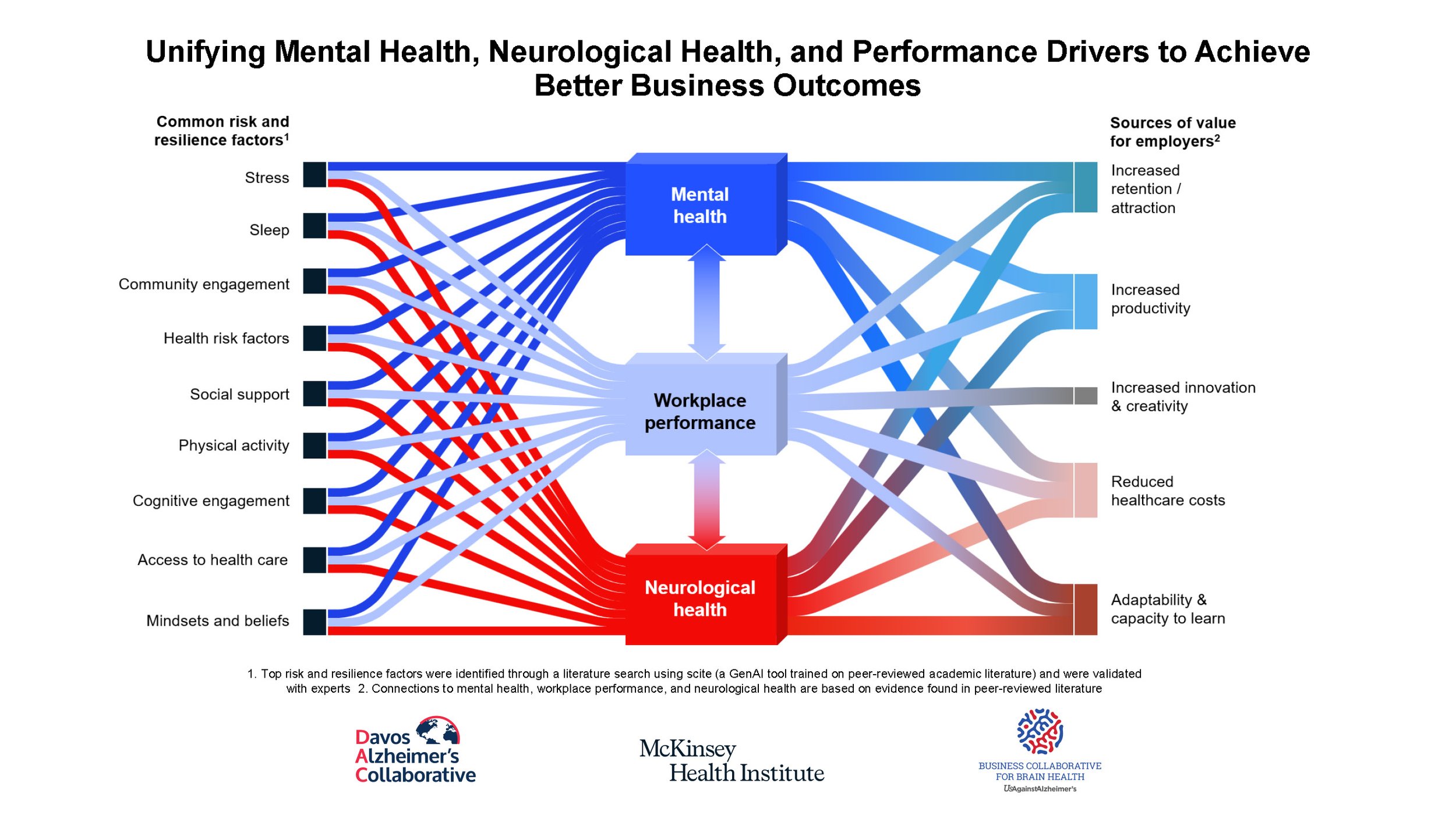






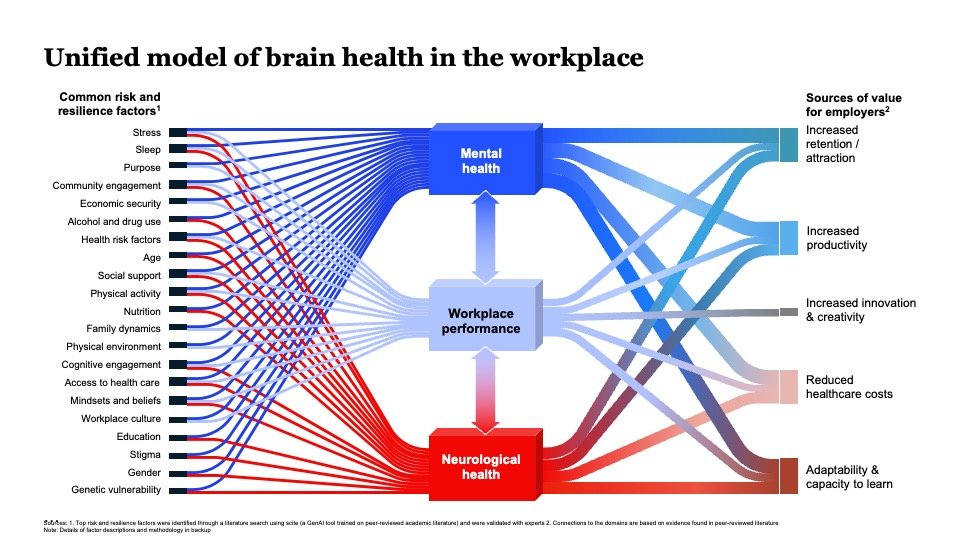
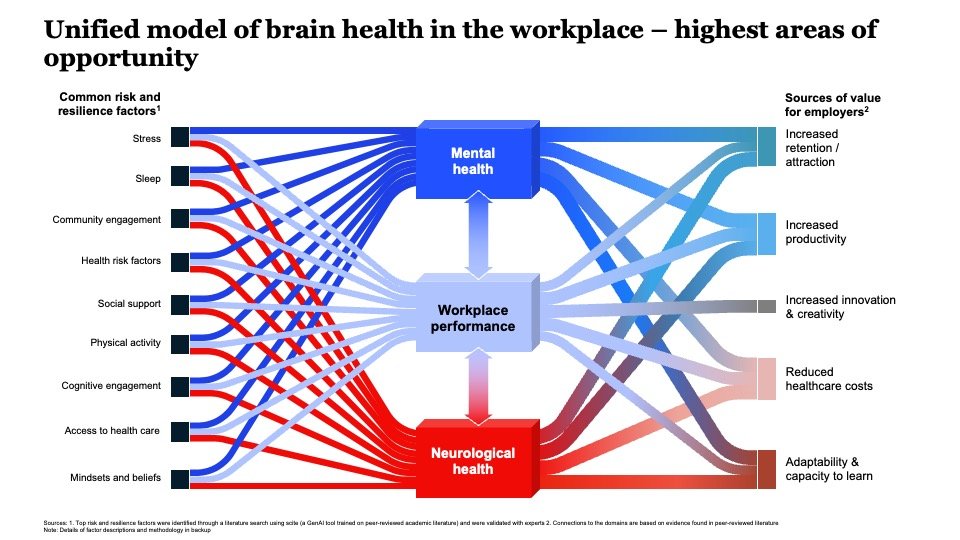

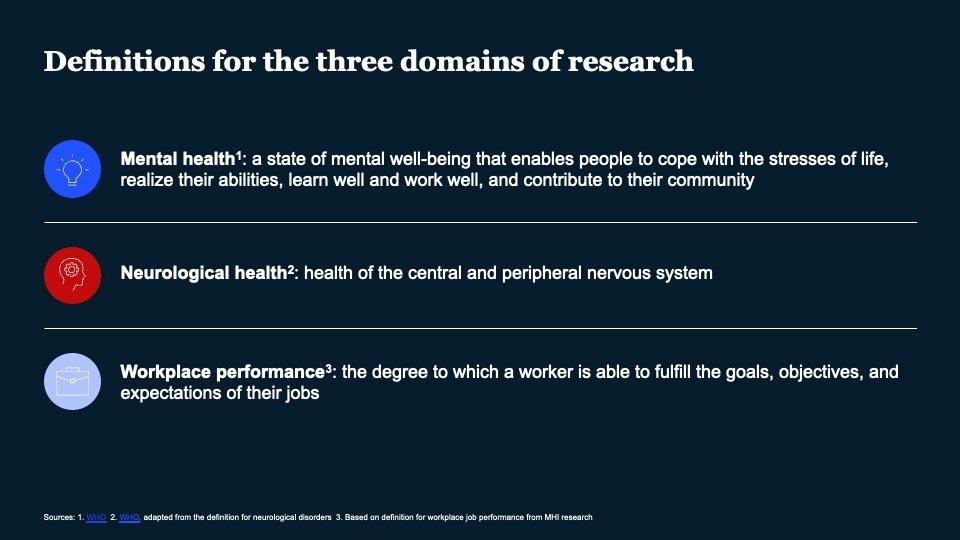
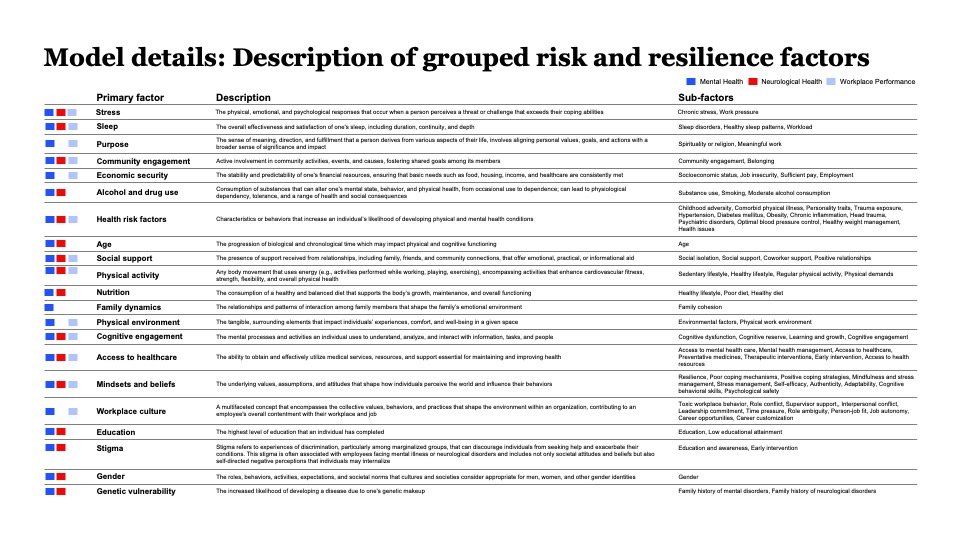
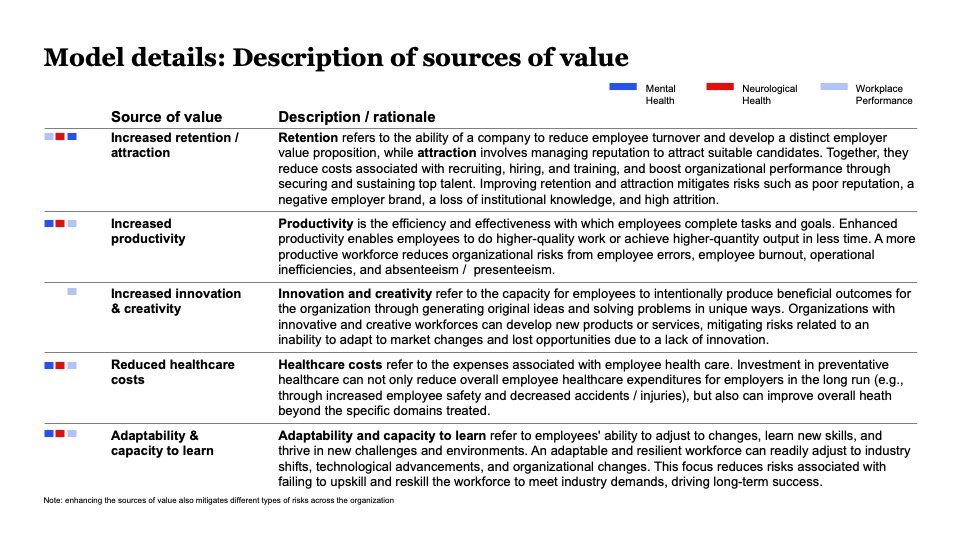
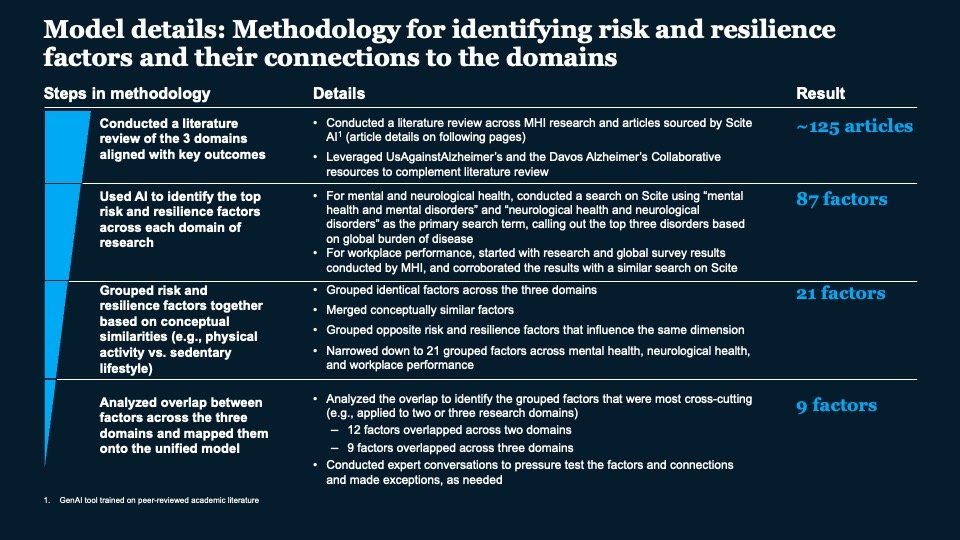
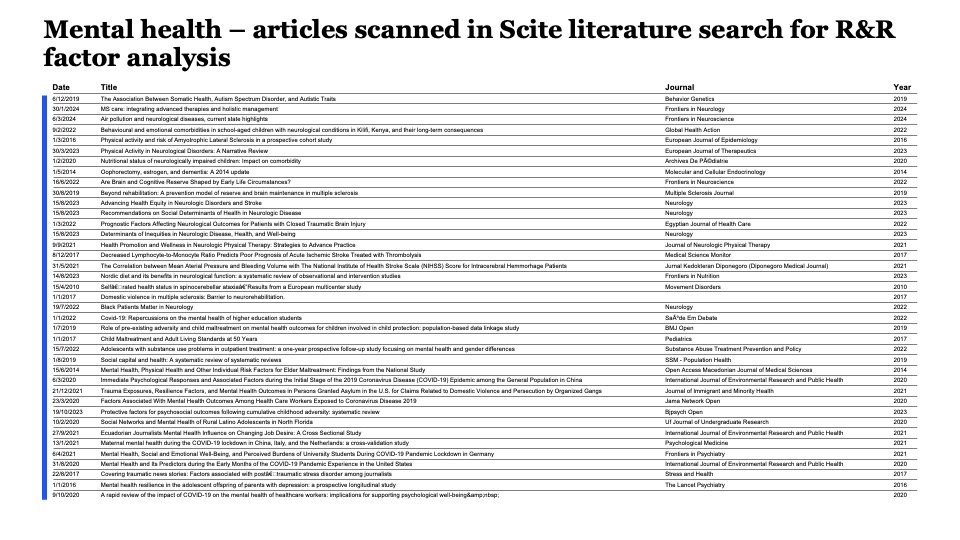
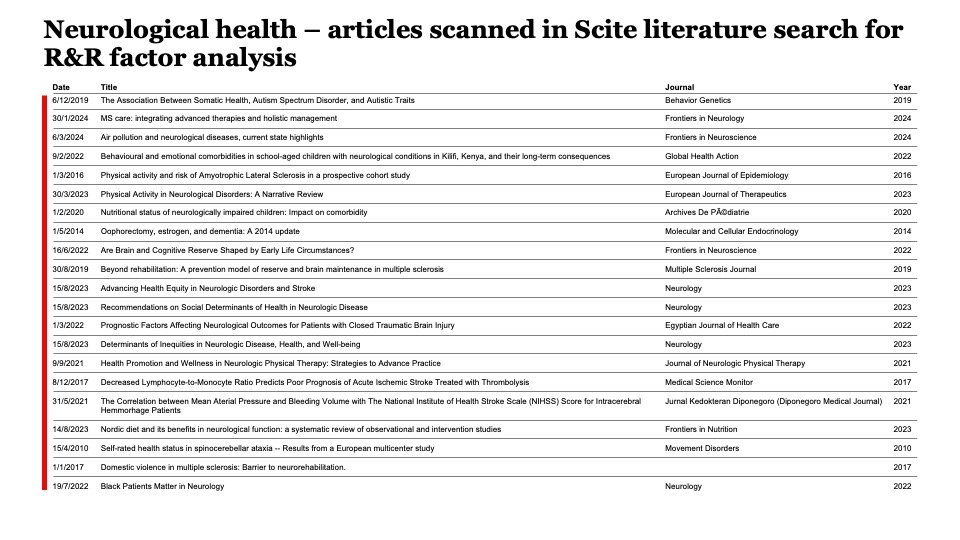
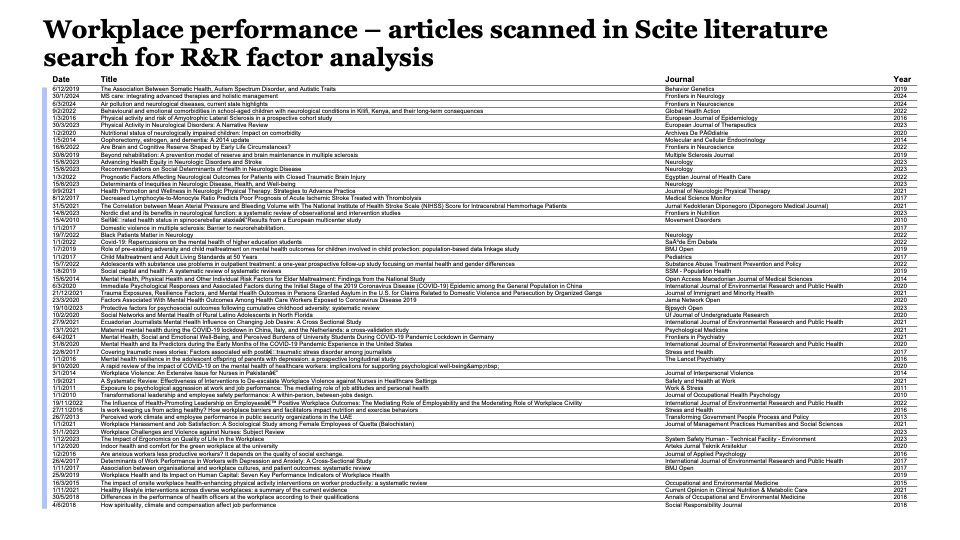
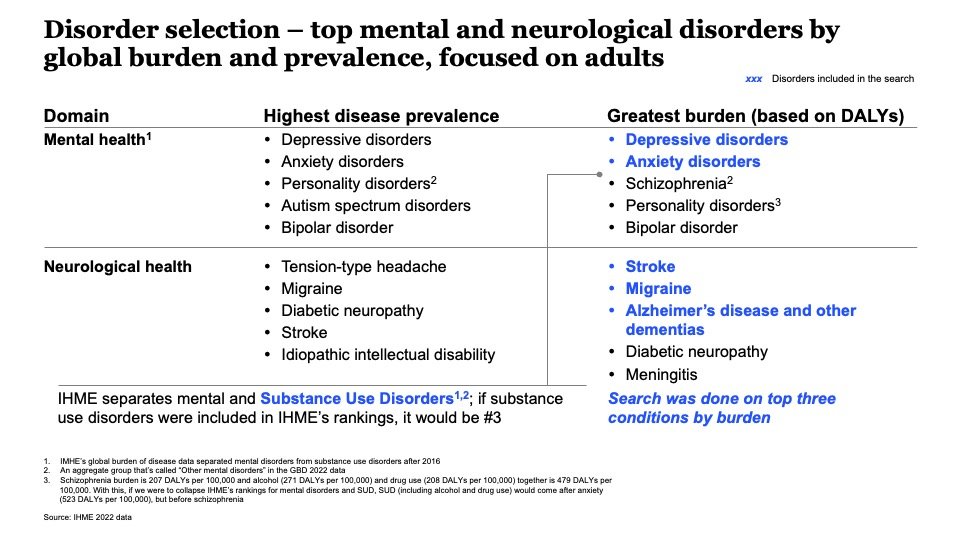
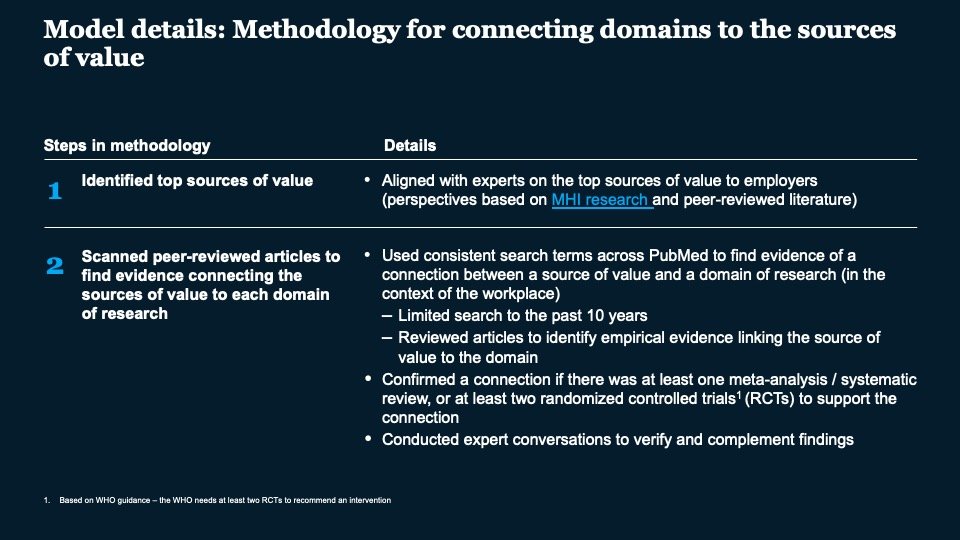
Business leaders today face a complex and evolving landscape that demands strategic foresight and adaptability. Achieving workforce resilience amidst political, technological, and environmental transitions has become critical. Workforce “wellbeing” is no longer a nice-to-have – human capital, particularly brain capital, has emerged as a strategic imperative, one that impacts the workplace and beyond.
In the workplaces of the future, the World Economic Forum ranks cognitive skills at the top of most in-demand skills for workers. Yet, mental and neurological conditions pose significant barriers, representing a greater global burden than cardiovascular disease or cancer.
Organizations that prioritize holistic brain health initiatives can unlock transformative social and economic outcomes including enhanced productivity, greater innovation, more adaptable workforces, and reduced healthcare costs. Investing in employee brain health can also yield substantial economic benefits – up to $11.7 trillion in global gains – while addressing costly issues like the $1 trillion in productivity lost annually due to mental health challenges.
But with a crowded marketplace of fragmented solutions, how can employers effectively invest in brain health for their companies?
Introducing a Unified Framework for Workplace Brain Health
To address this question, UsAgainstAlzheimer's (UsA2) and the Davos Alzheimer's Collaborative (DAC) partnered with the McKinsey Health Institute (MHI) to identify and illustrate the shared risk and resilience factors for employee brain health and their common outcomes across three domains — mental health, neurological health, and workplace performance. This novel approach can help employers identify the most cross-cutting and high-impact areas of opportunity. Our unified model emphasizes the synergies across the three domains, helping leaders identify strategic investments that are clearly connected to sources of value for employers and employees alike, such as innovation, healthcare costs, and productivity.
Our aim is to promote meaningful employee brain health, support a brain skills-driven workforce, and enhance economic outcomes for organizations and for the global economy.
Common Drivers of Brain Health and Performance
To understand what common drivers impact mental health, neurological health, and employee performance, MHI identified more than 80 risk and resilience factors based on peer-reviewed literature and expert feedback across the three domains. After grouping risk and resilience factors together based on conceptual similarities, the connections between each factor and domain were mapped.
The Value for Employers
The three domains were then mapped to the top sources of value for employers. The model identifies five of the top levers that unlock significant value for employers, leveraging insights from MHI research and peer-reviewed literature:
Increased Retention and Attraction
Increased Productivity
Increased Innovation and Creativity
Reduced Healthcare Costs
Greater Adaptability and Capacity to Learn
The connections between each domain and source of employer value was mapped based on a systematic literature search, and illustrate how the domains of brain health impact the levers most important to employers.
Nine Opportunities to Build Brain Capital for Business Outcomes
The analysis revealed 9 factors that overlapped across all three domains, representing the most high-potential levers to achieve value. The unified model provides employers with a conceptual framework for understanding critical factors influencing mental health, workplace performance, and neurological health, and in turn, how these domains affect key sources of value that business leaders care about. By highlighting these relationships, the model serves as a foundation for identifying interventions to promote a healthier, more resilient, and brain-skills-driven workforce. The cross-cutting factors identified are:
Stress
Sleep
Community engagement
Health risk factors
Social support
Physical activity
Cognitive engagement
Access to health care
Mindsets and beliefs
The Bottom Line
This framework underscores the vital link between brain health, employers, and society, identifying key areas where employers can drive meaningful change. It provides leaders with a clear roadmap for making strategic investments that benefit both their workforce and the broader community. To navigate energy, technology, and political transitions while fostering socio-economic growth, prioritizing cognitive resilience is essential. The good news? Investing in brain health not only reduces healthcare costs but also enhances innovation, retention, and organizational success—making it a powerful strategic advantage.
Note: This model is designed to illustrate the conceptual connections between risk and resilience factors and outcomes associated with mental health, neurological health, and workplace performance. The model was developed through an AI-driven search utilizing Scite, a generative AI (GenAI) tool trained on publications. It is not intended to be a comprehensive or exhaustive representation of all factors impacting brain health or workplace performance. Factors not explicitly included in this framework may still influence these outcomes, even if they were not identified in our search. Furthermore, this model does not quantify the impact of these factors but provides a conceptual framework that illustrates the linkages between these domains, supported by existing literature. We acknowledge the limitations of GenAI tools, such as the potential to amplify bias, and do not assert that this model is fully comprehensive. The primary goal is to highlight connectivity across research domains, supporting employers in prioritizing value-added programs and interventions while recognizing the broader, complex landscape of factors influencing brain health and workplace outcomes.
